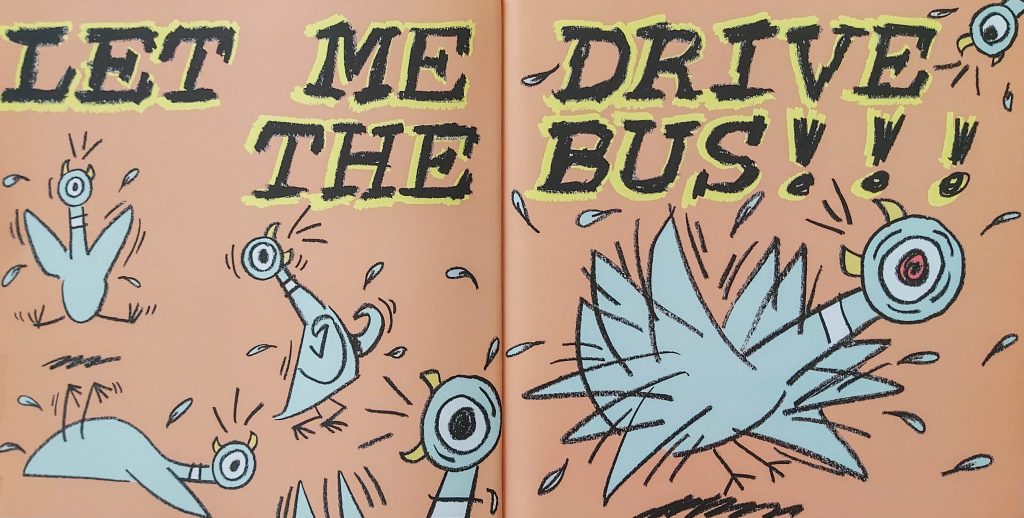What counts as slide content? Anything written or spoken during a presentation! Content includes everything from slide titles to the slide notes that guide your talk. There is no consistent formula for the perfect presentation every time. There are only guidelines for creating better presentation materials, which you will review using our sample presentation slides.
You will be able to:
- Create a description of the example project's target audience
- Connect the presentation components with a narrative arc
- List the content sections that are expected in a data science presentation
- Create an outline for the presentation
Creating a good presentation is an exercise in empathy: putting yourself in the mindset of the audience before you start to create slides. Before you draft the outline of your presentation, describe the target audience for the presentation by answering these questions:
| Question | Example Answer |
|---|---|
| 1. Who will be receiving your presentation, and what is their roll in the company? | Mid-level manager |
| 2. What is their background: technical or non-technical? | With a non-technical background |
| 3. How will your presentation affect their work or a decision they need to make? | Make wait time shorter, reduce work load, prioritize workload, save lives, etc. |
| 4. What is their attention span? | Extremely short |
| 5. What is the goal of the presentation? | To convince the manager that your results will have such a large impact on the business, that you should be allowed to continue the future work of your analysis |
Every bit of slide content will be filtered through the answers to those questions!
Extremely short attention span? ---> Concise text, attention grabbing titles, hook in the listener/reader
Non technical background? ---> Drop jargon, include only the most relevant information
Sign-off on your work continuing? ---> Focus on the real life impact of your work. Always tie your results to real world numbers and how the answers you provide are solutions to real problems.
Take a moment to answer the audience persona questions for your capstone and module projects. How was your audience described in the assignment?
In storytelling and narration there is conflict, resolution, and the journey in between. Your data science presentation can be arranged the same way. Plus, maintaining a narrative arc throughout your presentation will keep the audience engaged and help them retain information.
A great example of this is the children's book Don't Let the Pigeon Drive the Bus! by Mo Willems. Here is a link to hear the book read aloud.
- Title reveals the main point of the story. It's catchy. It's not An Observation of Avian Conflict in Transportation Permissions
- Problem is established from the beginning - We've been told by the bus driver that the pigeon wants to drive, but we are not supposed to let him
- It's a children's book, so we can assume that a successful ending is one where we succeed in not letting the pigeon drive the bus
- The book is filled with the pigeon's attempts to convince us to let him drive the bus
- The bus driver returns and thanks us for not letting pigeon drive the bus
How is this related?
- Have a catchy title that reveals the answer and your findings
- Establish the business problem and scenario at the beginning in detail (the conflict)
- With the answer already revealed, go through the most meaningful work that impacted the final result (the journey)
- At the end, revisit the original problem and tie the entire presentation together (the resolution and ever after)
In practical terms, your presentation should have three parts:
- Tell them what you're going to tell them
- the problem
- the solution
- the data and tools you will use to solve it
- Tell them
- A deeper description of the data and relevant variables
- what type of problem the business problem is in statistial terms (prediction, optimization, classification, prediction)
- The findings of your analysis
- Tell them what you told them
- How your solution solves the business problem
- How much better your solution is than the baseline model in solving the business problem
- What impacts your confidence in the solution, limitations
- How to build off your work with next steps and future work
Collect the essential information each section of your presentation from your notebook. In three sentences or less what is the information needed to address each section above?
Now that you have all the essential information, you can begin to organize content into an outline. At this point do not worry about what goes on your slide versus what goes in your voice over. This step focuses on pairing one key point with each slide in your presentation.
Use your audience persona to shape what you put in your presentation. A research scientist in the technical department of a company will have more interest in deep statistical tests than the CEO. If you are presenting to a coworker you sit next to, having a contact slide might be weird.
With a slide for each point, at a minimum you should have:
- introduction
- business context
- data
- process steps
- results & business application (recommendations)
- evaluation & future improvement ideas
- contact information
Take some time to organize the key points of your analysis into an outline.
Great job! Next, we're going to review an existing presentation.

